The Sony Alpha 6500 is Sony’s current top-of-the line crop sensor mirrorless camera. I bought this camera with the intention of making it my all purpose travel camera and have been using it for a couple of months now. In this review I want to show you what you can and can’t do with the Sony Alpha 6500 and tell you what I love and don’t love about it!
Looking for some good lenses? Here are the ones that I personally own and enjoy to use
- The fast Sony E Mount 20mm f/2.8 prime lens is great for low light situations.
- The Sony E Mount 18-200mm f/3.5-6.3 is my all purpose travel lens. On many days, this is the only lens I will carry with me.
- The Sony E Mount 30mm f/3 Macro lens is great to get some super closeup shots. Plus, it’s extremely lightweight!
Overview and features
Size & Weight
The Sony Alpha 6500 has a compact magnesium allow body with a size of 12cm long, 7cm tall and 5cm deep. With battery and memory card (but without lens), it weights in at 453g (1 lbs).
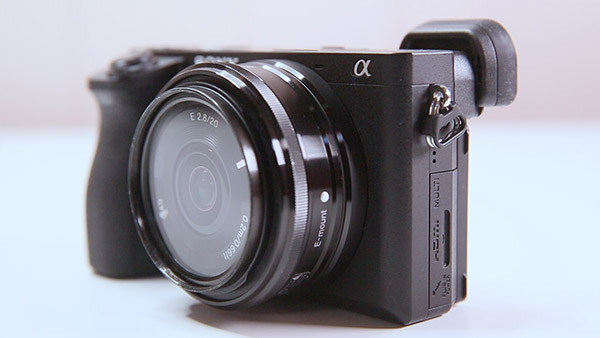
Of course size and weight will change depending on which lens you put in front of the body. Given Sony has a pretty decent selection of E-mount lenses though, you can mix and match to suit your requirements and budget.
The Sony Alpha 6500 is aimed at the intermediate to advanced user. However, it does offer everything from all manual to fully automated shooting options, plenty of easy scene modes modes and picture effects as well as capabilities for capturing panoramas and movies. While aimed at the more skilled user, it offers something for photography and film making enthusiasts at pretty much any level.
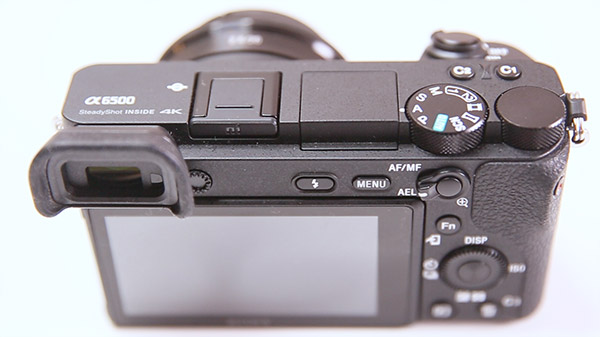
Camera Sensor
The Sony Alpha 6500 is equipped with a 24.2 megapixel APS-C type CMOS sensor. This allows you to take some pretty amazing photos both in RAW and/or JPEG formats at a maximum resolution of 6000 x 4000 pixels. It is a crop sensor camera so any lens you put onto this body will essentially have its focal length multiplied by a factor of 1.5 – which has its advantages and disadvantages.
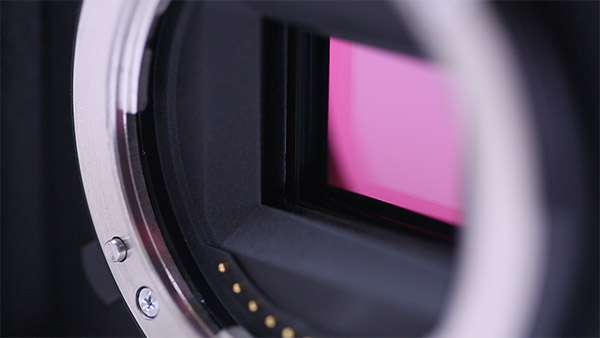
In terms of video, the Alpha 6500 can shoot full 4K video at 3840 x 2160 with a frame rate of 30 frames per second. It can also shoot really nice slow motion video at 120 frames per second in Full HD at 1080p.
The Sony Alpha 6500, being a mirrorless camera, is equipped with a digital viewfinder with 100% field coverage. This means that you will see exactly what will end up on your photo when you look through it. Personally, as a long term DSLR user, I am not a big fan of digital viewfinders in general and ended up just using the LCD screen, but I did find the viewfinder bright and sharp and easy to use whenever I did.
Image Stabilization
The camera comes with in-body 5-axis image stabilisation that will help you shoot sharper images and smoother video.
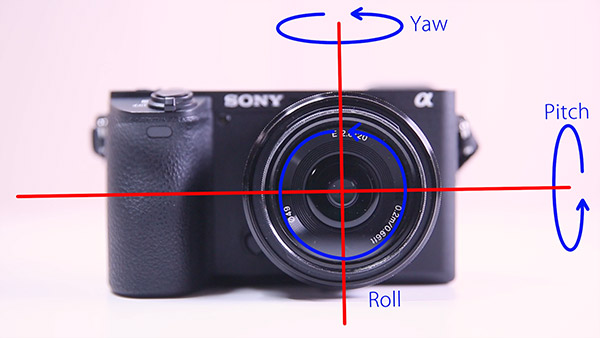
However, results may vary depending on what lens you put in front of the body. I did have a few odd moments where my 18-200mm lens caused strange jittering to occur while trying to focus.
7.5cm LCD Screen & Menu
At the back of the camera you will find a 7.5cm TFT LCD touch screen. To me personally, this screen is one of the biggest weaknesses of the Sony Alpha 6500. For one, it does not flip 180 degrees. Of course not everyone requires a flip screen, but given the popularity of vlogging and its requirement to be able to see yourself in the scene, I cannot understand why Sony decided to exclude this feature.
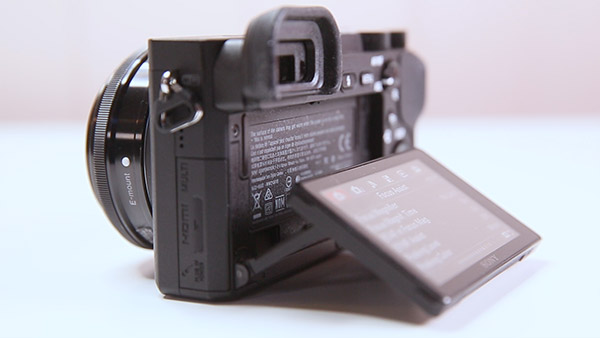
The screen does swivel forward approximately 90 degrees and downward about 45 degrees. This makes it easy easy to shoot flat lays or getting some super low angle shots. However, if you are looking for your next vlogging camera, you may want to look at a few other options first like the Canon G7X.
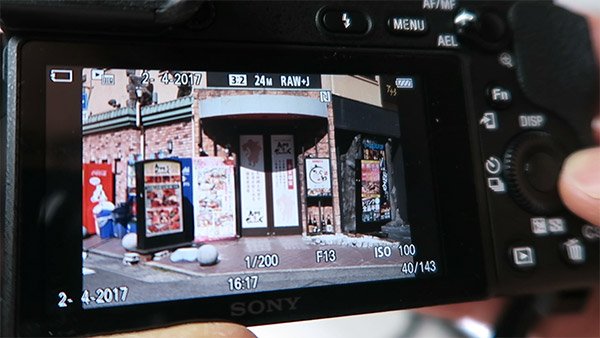
The screen itself is nice and sharp with 922K dots and you can toggle between different display modes for histograms, horizon lines and other useful tools to help you get the perfect shot. Personally, I found the screen to be pretty reflective though and I did struggle to use it properly when shooting outside, especially in bright sunlight.
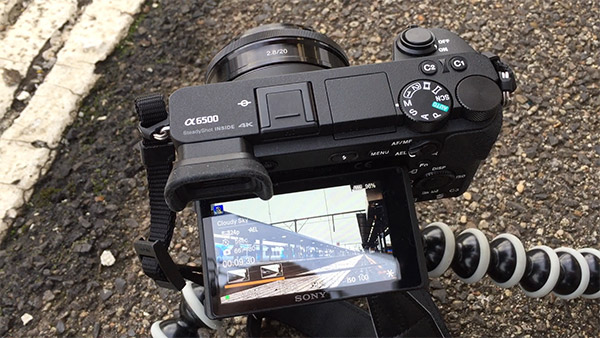
The screen is a touch screen, but the only thing you can actually do with it is touch to focus. This does work amazingly well both for photos and for video thanks to the impressive 425 phase-detection AF points of the Sony Alpha 6500. However, I it is disappointing that Sony didn’t make many other, if not all, camera settings accessible directly via this touch screen.
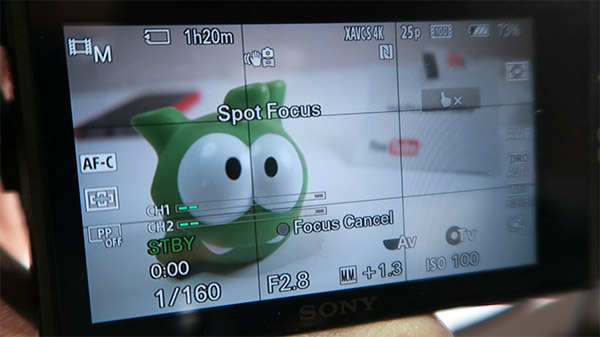
The lack of access to the most common features is especially noticeable since the only other complaint I really have with this camera is the very unorganised and unorganisable menu system.
The camera has a huge amount of settings that can be adjusted, but there seems to be no plan, no organisation, no logic to how all of the menu items are laid out. I often find myself digging through endless pages of settings just to find the one option that I am looking for. And, unfortunately, the Sony Alpha 6500 does not offer any sort of My Options feature where I can group together the settings that I need to access most frequently.
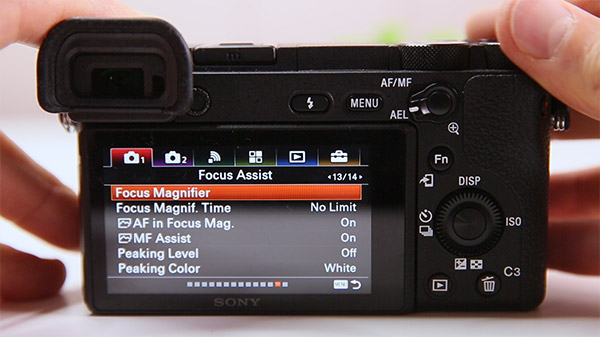
Connectivity
On the side of the Sony Alpha 6500 you will find a micro USB adaptor for connecting the camera to your computer, which allows you to transfer your images directly as well as charge the battery. You will also find a micro HDMI connector for HDMI output as well as a 3.5mm jack for connecting an external microphone.
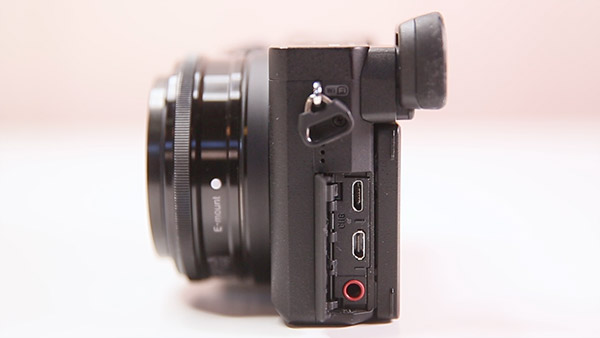
You can also transfer images from the camera to your phone directly via Wi-Fi. However, my phone struggled to remaining connected to the Wi-Fi network created by the Alpha 6500. I felt like I constantly had to re-validate the security certificate to re-establish the connection to transfer my photos, buy maybe I was missing some configuration somewhere.
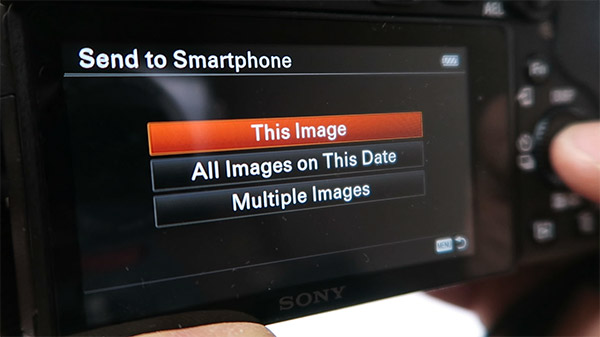
On top of the Sony Alpha 6500 you will find a multi-interface hotshoe adaptor for mounting anything from a shotgun microphone, a video monitor or LED lights to an external flash unit directly on the camera.
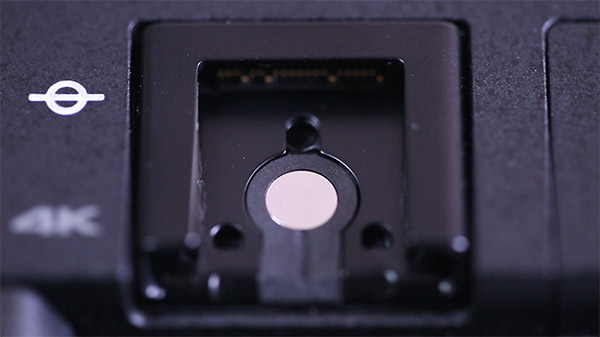
SD Card
The Sony Alpha 6500 writes to a single SD card that sits in next to the battery. I recommend getting at least an UHS-I rated memory card to be able to properly capture 4K footage or slow motion.
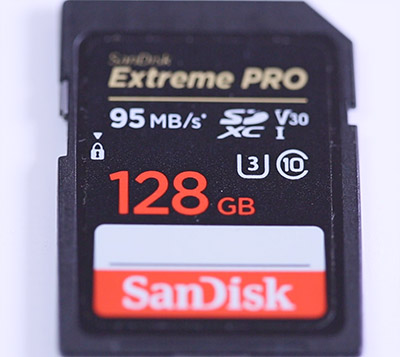
A fast memory card will also be essential when you go crazy with the burst mode on this camera. The Sony Alpha 6500 can shoot continuously at 11 frames per second. It has a huge in-memory buffer that can hold up to 307 images, depending on your quality settings, so at 11 FPS you can technically burst for around 27 seconds.
Just note that it might take a moment for the camera to then write all of those images from the in-memory buffer across to your memory card, depending on the speed of the card.
Flash Unit
The camera does come with an inbuilt flash that pops out at the top of the Alpha 6500. Given the camera has a hot shoe adaptor that you can use to connect an external flash unit, I would recommend avoiding the inbuilt flash unless you really have no other option.
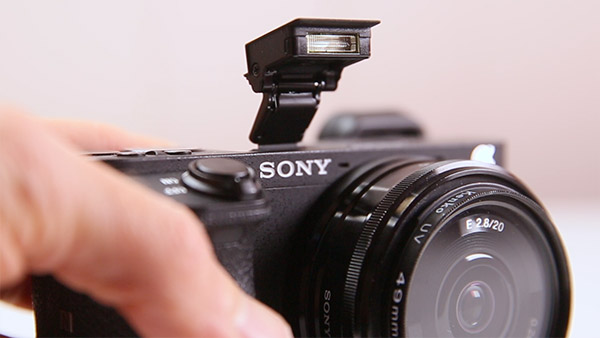
Battery Life
In terms of battery life, a single battery is rated to last you around 300 – 350 shots. From my personal experience I would say that is probably a little bit less. However, that might also come from the fact that you will see the battery drop quite quickly while the LCD screen is turned on. Since I am not a fan of digital viewfinders I was using the screen quite a bit so that likely caused the battery to drain faster.
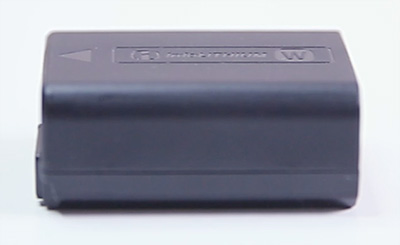
Given spare batteries for the Sony Alpha 6500 are pretty affordable and small, I ended up just getting a few extras to carry around with me at all times just in case.
Field Test
That sums up the features and specifications of the Sony Alpha 6500. Let’s look at what you can actually get out of the camera.
Image Quality
The image quality of the Sony Alpha 6500 is absolutely fantastic. Obviously it does depend to a large degree on which lens you put in front of the body, but even when using just a standard 18-200mm zoom lens, I got some really nice and crisp images out of it.

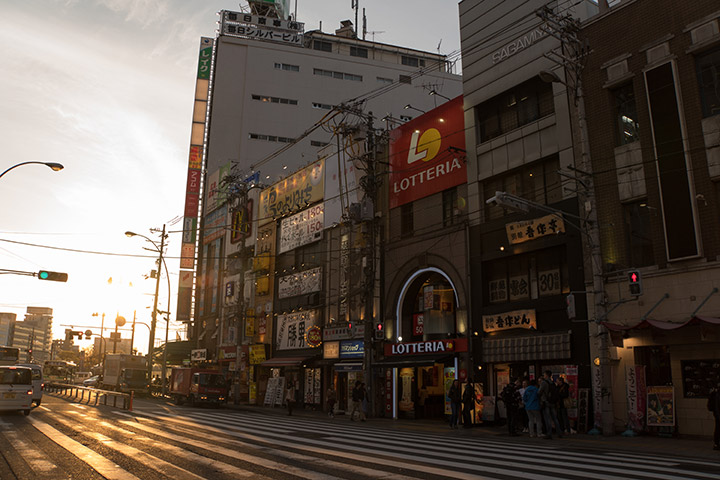
Since the camera features a 24.2 megapixel sensor, there is plenty of room for you to crop into your images and still get a decent size photo print or Instagram image out of it in the end.
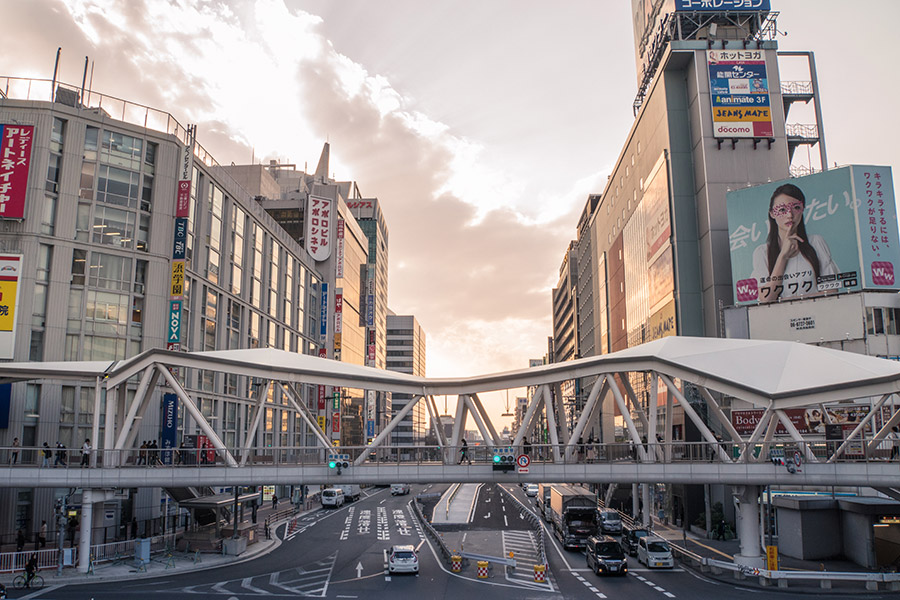
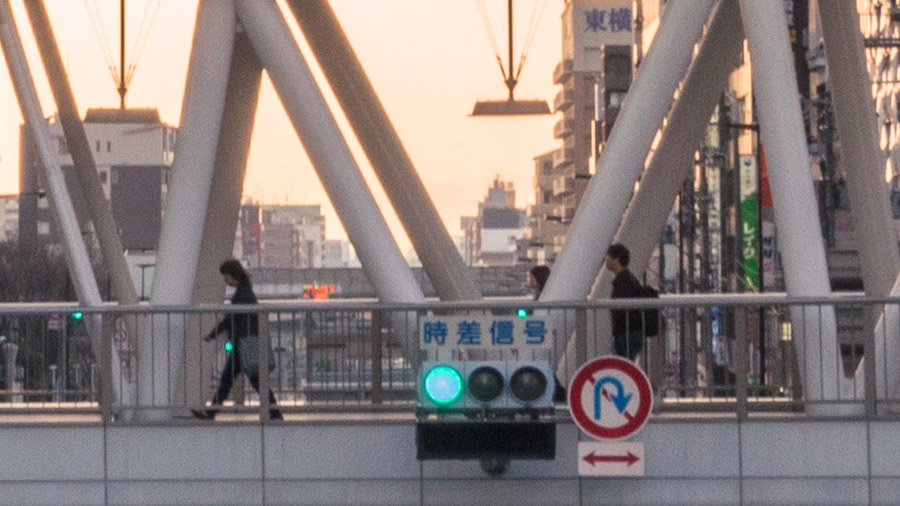
Personally, I shoot all of my images in RAW. The .ARW files coming out of the Sony Alpha 6500 give me plenty of head room to make corrective or creative adjustments in Lightroom that wouldn’t be possible when working with JPEG files. I felt it wasn’t quite up to par with the flexibility I got from the RAW images coming out of my Canon 5D, but I know that that isn’t really a fair comparison for the Sony mirrorless.

The Sony Alpha 6500 does support an ISO range of 100 – 25600 which can be expanded up to 51200. This allows you to take photos in low light situations, even with fairly average lenses. However, note that high ISO values will start to introduce quite a lot of noise into your image. That can easily be reduced though in the image processing software of your choosing.
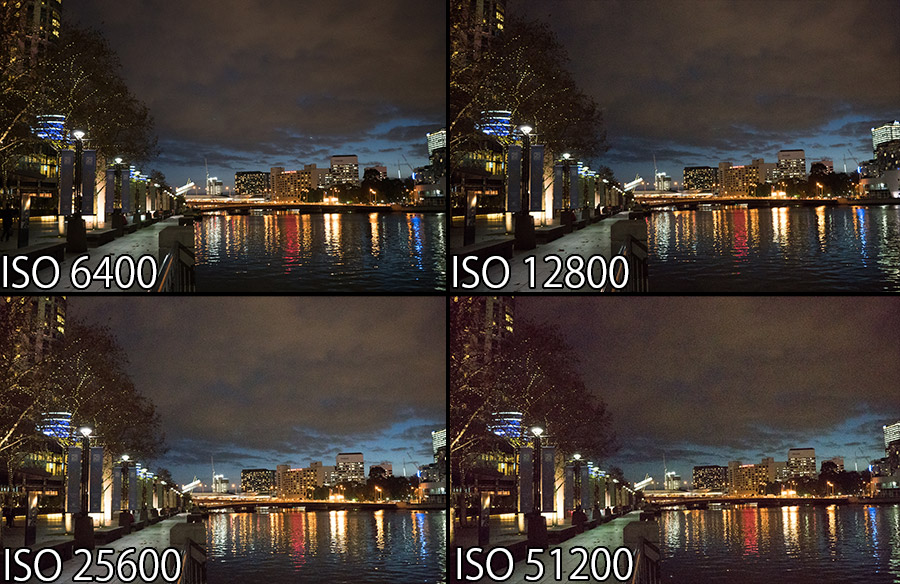
For best results when taking snaps of your dinners or outings with friends however, I recommend that you get yourself a good prime lens with a large aperture like the 20mm F/2.8 I used for this photo.
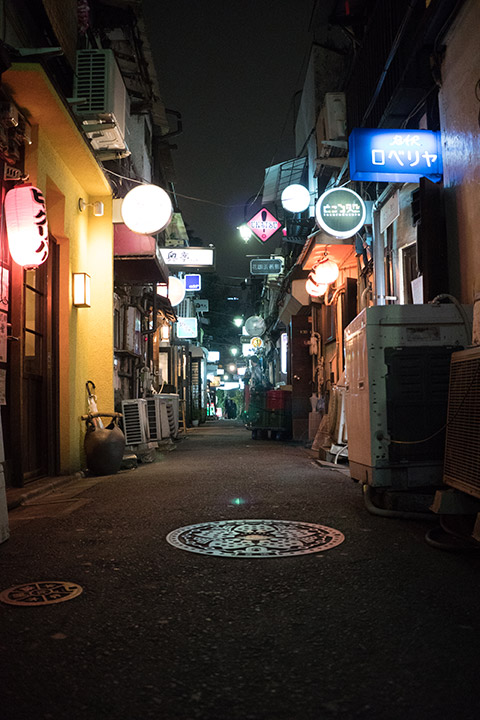
Here is another food blogger type shot from the Sony Alpha 6500, again taken with the Sony 20mm F/2.8 prime.

Video Quality
The video quality of the Sony Alpha 6500, especially when filming in 4K, blew me away – both in quality and in file size. Depending on your settings, every minute of 4K video you capture can take up to 750MB on your memory card.
As a film maker, I enjoyed that I was able to capture my video in S-Log. S-Log is a fairly flat colour profile that gives you plenty of space to colour correct and colour grade during post production since it aims to avoid over exposing bright areas or making dark areas appear black.
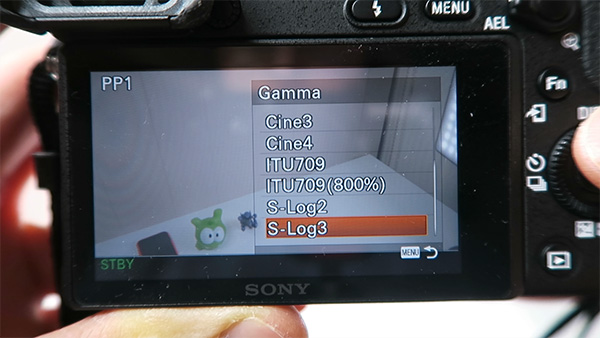
If you are careful, even when hand holding the camera, you can get some nice and smooth footage out of the Sony Alpha 6500. The image is nice and sharp and the auto focus works amazingly well.
However, when using the camera for one-handed vlogging, I noticed that the footage came our rather shaky and wobbly no matter how hard I tried to keep it steady. Also, since you can’t flip the screen 180 degrees you can’t actually see what is actually in the shot when filming yourself. For those reasons, I prefer using my Canon G7X for vlogging.
Slow Motion
The Sony Alpha 6500 can shoot amazing slow motion footage at 120 frames per second in Full HD. Now, you won’t get those TV documentary style super slow motion shots as those are usually filmed at frame rates of over a thousand frames per second, but all of the clips I took turned out beautiful, calm and mesmerising. Check out the video above for some sample slow motion footage.
Time Lapses
While the Sony Alpha 6500 does not, out of the box, have the capability to shoot time lapses, you can essentially ‘unlock’ this feature, by purchasing and installing the PlayMemories Camera App.
You can download the app from the Sony store and install it directly on the camera. It then becomes accessible from the menu of the Sony Alpha 6500.
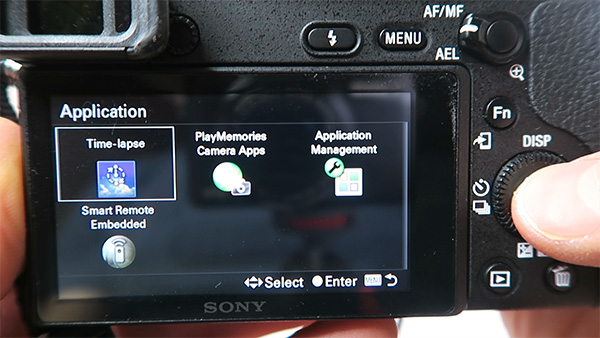
Personally, I felt that the app was a little average. It is slow to start up and shut down and the interface is pretty laggy. However, it gives you access to a wide variety of different options for easily shooting amazing time lapses in almost any scenario.
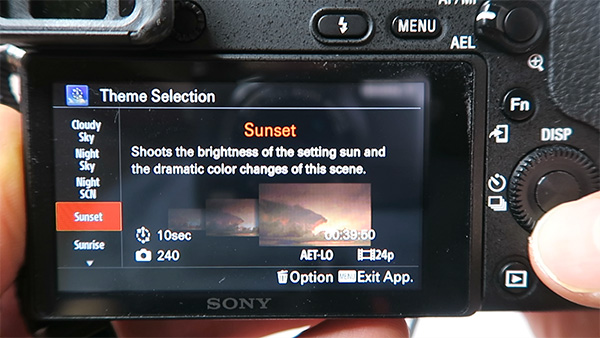
Once you selected your time lapse theme you can adjust the duration, interval and overall brightness before you start to shoot.
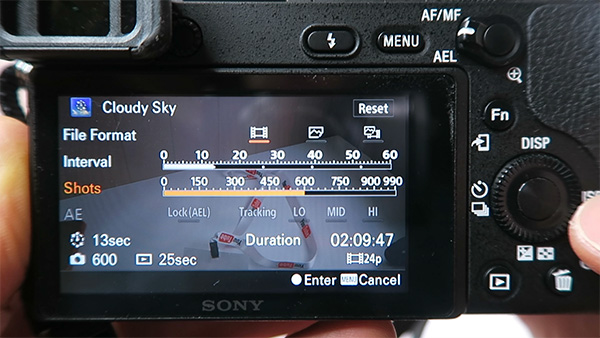
I got some pretty impressive time lapses out of the Sony Alpha 6500 with the PlayMemories App so it was worth the $10 I paid for it!
Panoramas
You can easily shoot panoramas with the Sony Alpha 6500 and it works just like it does with your iPhone. Simply start shooting and swipe the camera across your scene. The camera then stitches the final panorama together directly in the camera. Here is a panorama I took of the Melbourne skyline across the Yarra river.

Overheating Test
Finally, one of the big complaints with earlier versions of the Sony Alpha, as well as some of their other mirrorless cameras, is that they will overheat while filming video and automatically shut down, anywhere from 10-20 minutes into recording.
This issue still exists with the Sony Alpha 6500. However, Sony have added a ‘feature’ to the Alpha 6500 to tell the camera not to care about getting hot. It’s more a work-around than a feature, but it essentially allows you to increase the shutdown temperature of the camera.
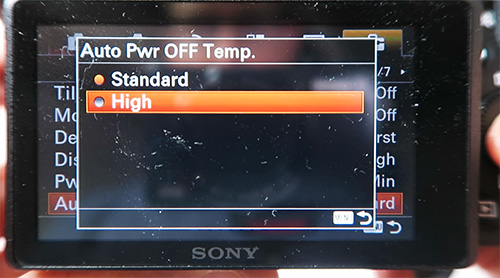
The camera will still heat up, but it will not shut down due to the temperature. Here are the results from my test:
- Auto Pwr OFF Temp: Normal, 4K @ 100M = shutdown after 26 minutes
- Auto Pwr OFF Temp: High, 4K @ 100M = stop filming after 30 minutes (max clip length)
I tried instantly restarting video recording after the 30 minute clip length limit was reached, but with the Auto Pwr OFF Temp option set to ‘High’, I never had the camera automatically shut down. It got warm, though never really hot, and I could see the temperature warning icon appear, but changing the setting essentially eliminated one of the big complaints with earlier versions of the Sony Alpha.
Verdict
Overall, the Sony Alpha 6500 is a great mirrorless camera. As someone hesitant to move over from my favourite full frame DSLR, I was pleasantly surprised and in terms of photo quality I am very happy with the Alpha 6500. Now it is not quite Canon 5D or full frame DSLR level quality when it comes to photography, but it is also only a fraction of the weight and for me, the weight difference more than makes up for whatever quality difference exists.
For shooting video, I really enjoy using the Sony Alpha 6500 though I will predominately use it for more scenic shots where I am behind the camera or for slow motion. Anything to do with vlogging I will keep shooting on my Canon G7X until Sony upgrades the screen to be articulating as well as full touch screen.




2 Responses
Thanks For The Information.
how Much it cost.
thanks
You are welcome! I paid about 1.8K AUD for it, but the best place to check is your local camera store or wherever you usually purchase your gear online.